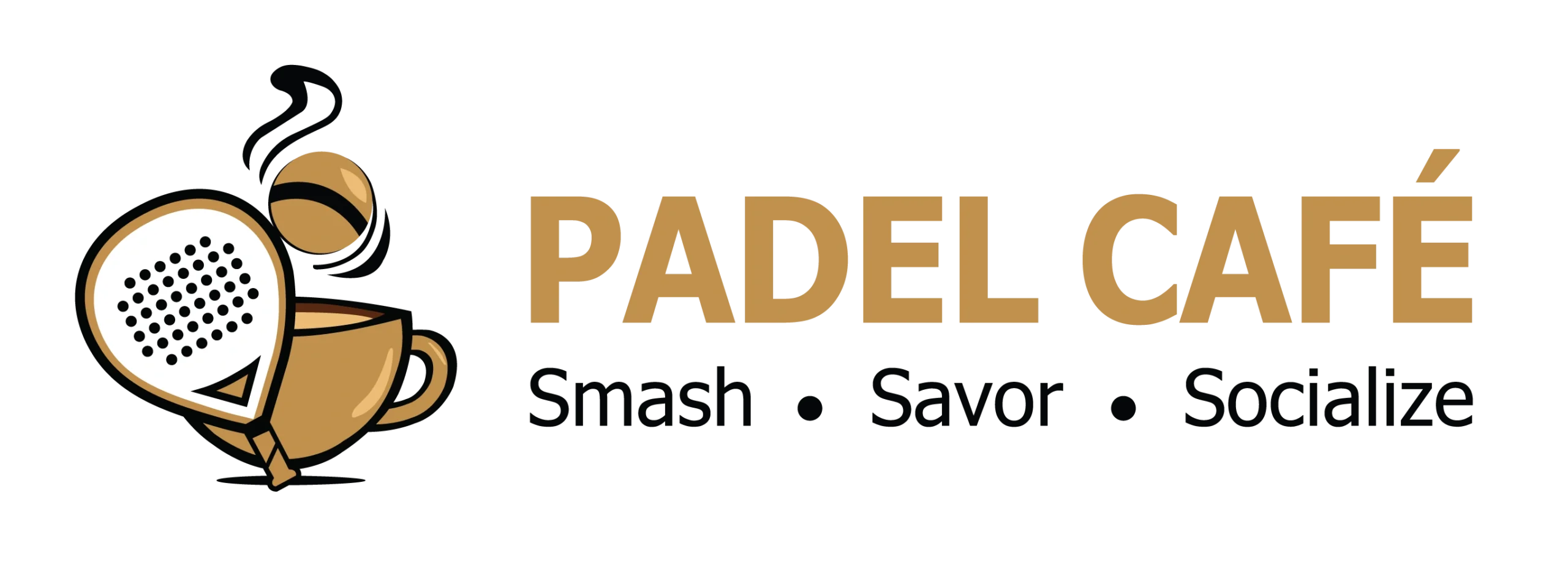For every racket-sport enthusiast, padel and tennis are attention-grabbing sports. Often at times, they might feel torn between the two sports, unable to decide which one to prefer. The two racket sports feature some marked differences that have a profound impact on the gameplay. These differences go far beyond the surface.
How do you choose between the two? Whether you’re a recreational player or a curious beginner, this article provides the solution you seek. It entails the key differences between the two racket sports, helping you to decide which one best suits your lifestyle, skill level, and competitive drive.
Padel vs Tennis: Key Differences
Let’s break down the key differences — from courts and equipment to gameplay, strategy, and overall accessibility.
1. Court Size and Layout
The first, and perhaps one of the major differences of all, the game’s court, after all, the space and shape matter!
Padel: The courts are compact, about 20 meters long and 10 meters wide. Glass walls and metal fencing serve as a court enclosure. However, more than just a barrier and a closure, the walls are a part of the game, allowing players to make strategic shots and extend rallies.
Tennis: The courts are also spacious but open. A standard singles tennis court is 23.77 meters long and 8.23 meters wide, expanding to 10.97 meters for doubles. Unlike padel, the tennis boundaries are absolute and not a part of the game. A ball landing out of the line is out of play.
Why It Matters: Padel’s smaller, enclosed court leads to faster reflex-based play, while tennis demands more endurance and precision across larger distances.
2. Equipment
The sports gear is significant in ensuring an uninterrupted gameplay. Different gear types ensure a strategic and powerful gameplay. Hence, it defines your game’s experience.
Rackets
Padel: These stringless rackets are solid and perforated, with a shape resembling that of boat paddles. The unique shape and size offer good control and allow rapid exchanges.
Tennis: The rackets are larger and string-based. The structure of the rackets allows for delivering high-powered shots and spin, letting players dominate from the court’s baseline.
Balls
Padel: The ball is small with lower internal pressure, which gives it a soft bounce in the court. This makes it perfect for wall play and quick shot reactions.
Tennis: The ball is larger with greater pressurized core, giving it a higher bounce and more speed for a fast play.
Player Tip: Padel equipment allows for easier control and handle for newcomers, while tennis gear requires greater technical skill to master control and power.
3. Serving Styles
In both tennis and padel, the initial serve is what sets the tone for the point and the game. However, the serving style differs markedly as we speak of both tennis and padel.
Padel: The game necessitates an underhand serve. A bounce and a hit below the waist diagonally across the court is a must. This allows for an easier return, and a better focus on rallies.
Tennis: The serve is performed overhead, often exceeding 120 mph in a professional gameplay. This skill takes a good amount of time to master but can win significant points.
Pro Tip: If you’re looking for an easy start, padel’s serving rules are more approachable.
4. Scoring Systems
True, both padel and tennis have similar scoring systems, using the traditional 15-30-40 game format. But there’s a small twist!
Padel: The advantage scoring system is often skipped in padel. Instead, this sport opts for the “Golden Point” scoring approach, where the team scoring the immediate next point after 40-40 wins the match. In this way the match remains short and intense.
Tennis: In this sport, after the 40-40 score, two extra points are required to win the match. The first point gives an “advantage” to the player over the other. The point next to this one makes the player the game’s winner. However, this approach prolongs the games, shifting the entire game’s momentum.
5. Game Strategy and Play Style
Though racket games, tennis, and padel are like poles apart. There are several strategic differences that altogether impact the way each of the two sports is played.
Padel: This sport features smaller courts and involves wall interactions. It is almost exclusively played in doubles. Strategic lobs, angled shots, and clever wall use all portray the strong strategy present in padel.
Tennis: Unlike padel, tennis is played in both singles and doubles. In singles, the game is all about speed, strength, and stamina. One can see big serves, aggressive strokes, and coverage of the entire court.
Interesting Insight: Often due to wall play, the padel rallies go longer than tennis rallies. The use of walls keeps the point live, prolonging the game.
Final Thoughts
Both padel and tennis are incredible sports, each presenting distinct physical and mental challenges. Tennis is known for its tradition, power, and intensity, offering a deep technical journey for those seeking competition. Padel, on the other hand, is strategic, accessible, and fast-paced, making it a great option for beginners or anyone looking for a fun, social way to stay active.
Whether you’re drawn to tennis’s competitive edge or padel’s exciting gameplay and less intimidating entry, both sports offer something special. No matter which you choose, you’ll find plenty of opportunities for growth and enjoyment.


0 Comments